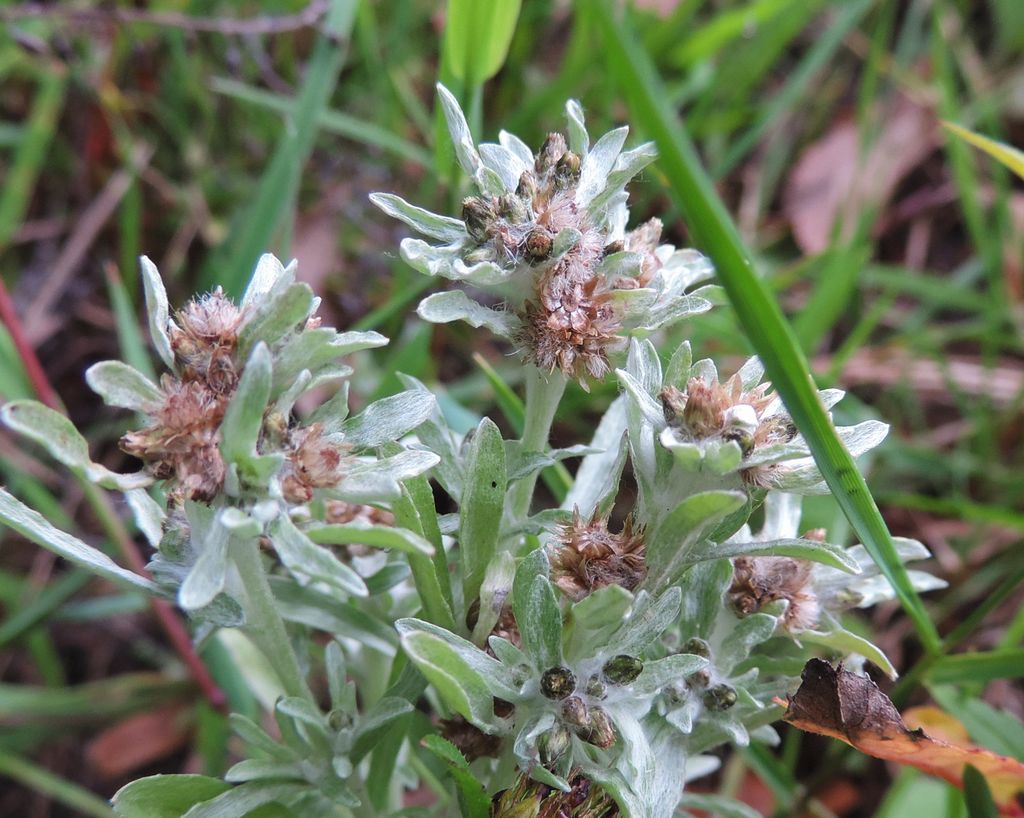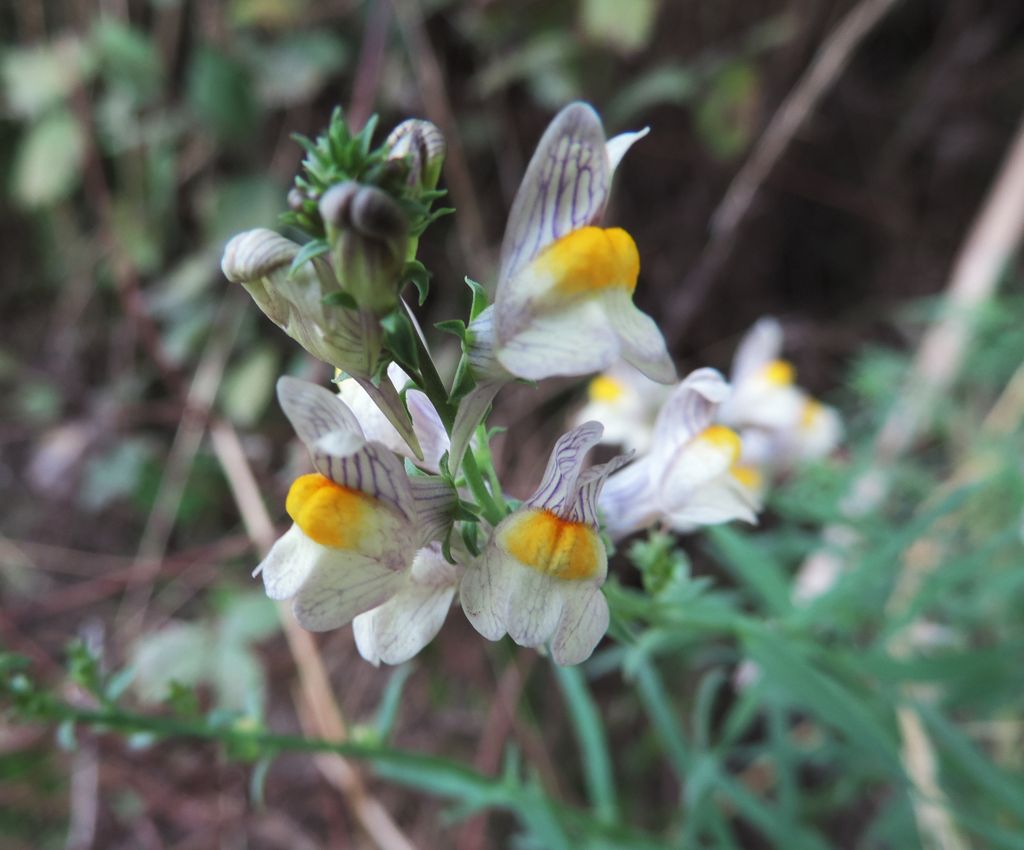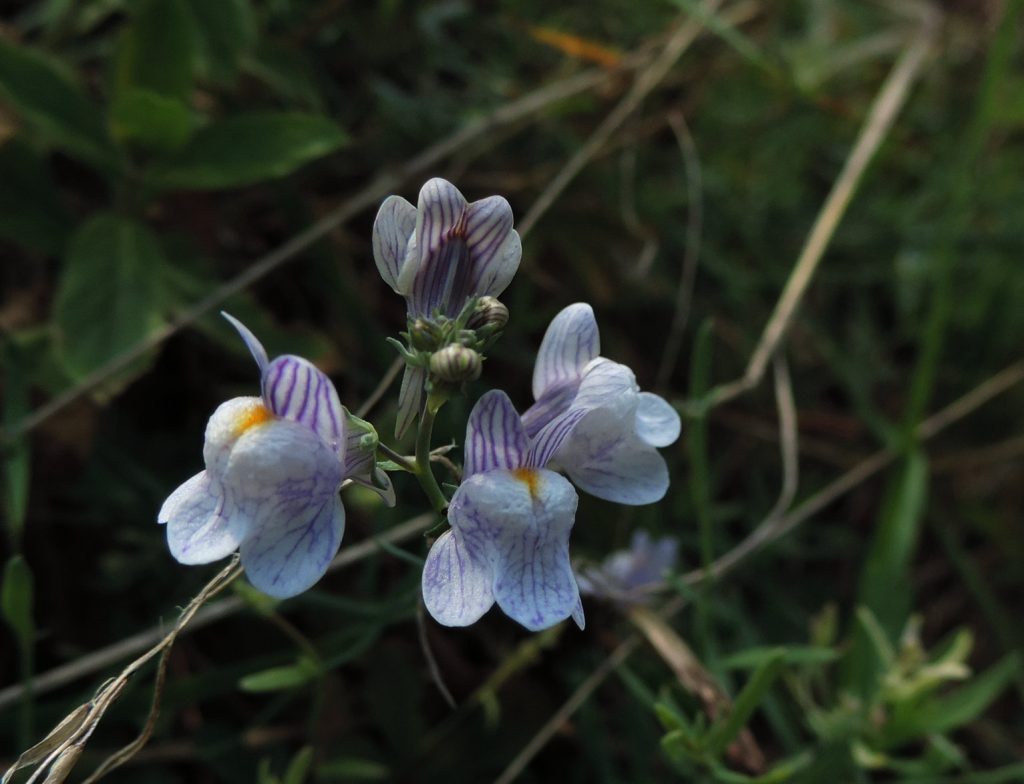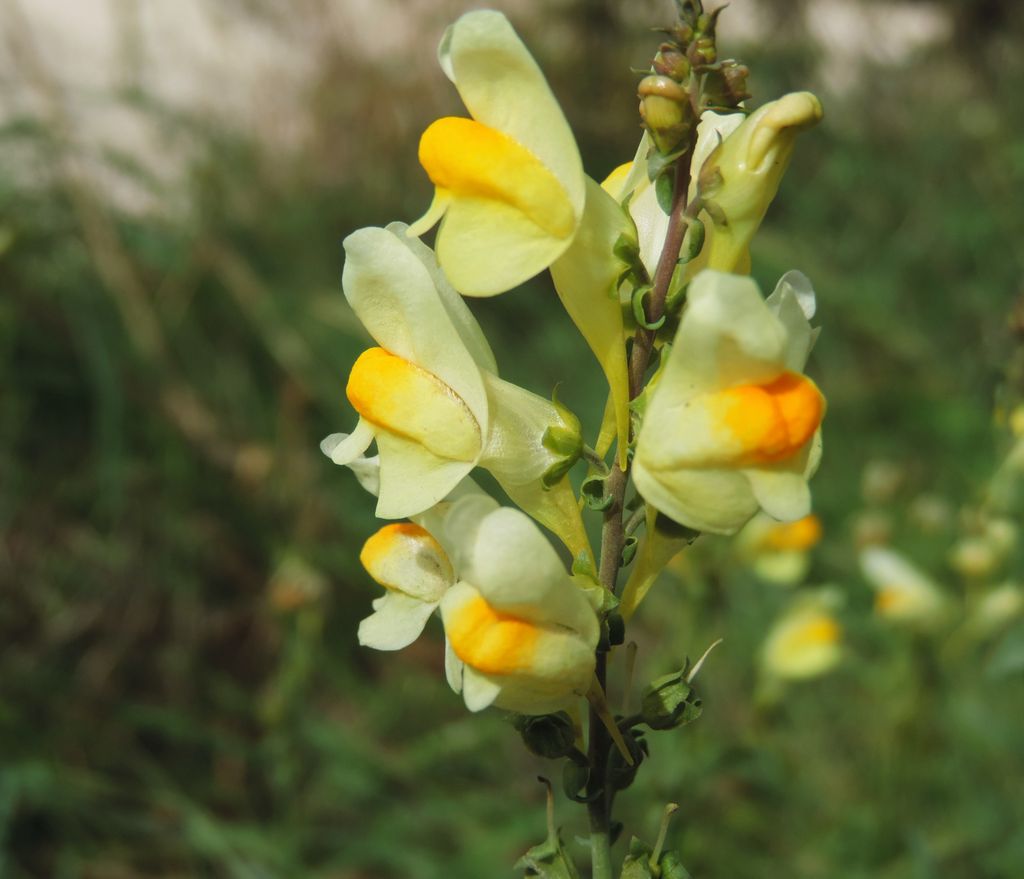Rob Stallard organised a circular walk around Tilehurst and Sulham on the morning of Sunday 27 September, starting from the Cornwell Centre on the western edge of Tilehurst. Rob led the first group of 6 walkers and Jan Haseler followed half an hour later with another group of 6. There was a cold northerly wind, but conditions improved as the cloud cover dispersed. The walk started out down through Cornwell Copse, where Soft Shield-fern was found on the steep banks of a small dried-up stream. After crossing Sulham Hill, the route continued through the thin strip of copse on the west side of the lane. The damp clay conditions are ideal for Wild Service-tree, which is surprisingly common in this little patch of woodland. It is one of the first trees to change colour in the autumn, and looking upwards, it was possible to see patches of bright red in the canopy, and the distinctively-shaped bright red leaves were easy to spot on the woodland floor. At the end of the wood were a row of Hornbeams and a number of clumps of Butcher’s Broom, some with berries. After re-crossing Sulham Hill, the route continued westwards through Vicarage Wood and Vicarage Copse. There was a brief diversion into the open fields to the north for a glimpse across the valley of the River Thames and north into the Chilterns. At the main Sulham Woods car park, the walkers recrossed Sulham Hill for the third time and headed south across a stony field. The large area to the right of the track had been planted with a bird-seed mixture and plants identified here included Phacelia, Common Poppy, Field Pansy, Mugwort, Black Nightshade and Scarlet Pimpernel. Two Roe Deer were seen. On the left of the track were a series of dried-up ponds. Finds in the first pond, which was under a group of Oak trees, included Trifid Bur-marigold, Branched Bur-reed, specimens of a Persicaria species which generated some debate, Water-pepper, Marsh Cudweed and the seed spikes of Purple Loosestrife. The walk continued along a path which dropped steeply down through the southern section of Sulham Woods, passing through a Conifer plantation at top of the hill and a narrow strip of broad-leaved woodland at the bottom. A few clumps of Sanicle leaves survived under the darkness of the conifer canopy. The path emerged in an open grassy area on the Chalk which lies below the Reading Beds. A Green-veined White and a Speckled Wood butterfly were in flying in the sheltered sunshine at the woodland edge. Flowers seen here included Wild Basil, Common Centaury, Blue Fleabane, Vervain and Red Bartsia. On the pre-walk, two tractors ploughing the big field further along the valley had attracted a flock of about 20 Red Kites, with at least a dozen down on the ground behind the ploughs. Once upon a time, it would have been gulls which followed the plough.
At the bottom of the field, a Buckthorn in the hedge had a heavy crop of glossy black berries and a fresh Red Admiral butterfly was resting nearby. The route dropped down to Nunhide Lane and followed it southwards. Amongst the flowers on the bank at the side of the track were Black Horehound, Field Scabious and White and Bladder Campion. This is where the rarest plant of the morning was found – 2 specimens of Linaria x sepium, the rare hybrid between Pale Toadflax Linaria repens and Common Toadflax L. vulgaris. Compared with Pale Toadflax, it has an enlarged yellow ‘palate’ combined with faint purplish-veined lobes. Amazingly, it was reported 60 years ago from the same location in The Reading Naturalist, the Society’s annual publication. Further along the track, first Pale Toadflax and then Common Toadflax were found. The route then climbed back eastwards along a footpath which followed the hedge line up to Beal’s Wood. There were bright pink Spindle berries and Hemlock in the hedge and a small flock of House Martins flew overhead. Flowering Ivy had attracted Ivy Bees, Honey Bees, wasps, hoverflies and flies. A big old Field Maple marked the entrance to the wood. Climbing back up through the woods, sightings included the leaves of Bugle, Greater Bird’s-foot-trefoil, Hedge Woundwort and Wood Spurge. The path emerged at the edge of the fields and then crossed to Clay Copse, where one group examined a large, mature Wild Service-tree before crossing Sulham Hill for the fourth time. The final part of the walk led through Cornwell Copse and back to the start.
Pictures by Rob Stallard and Fiona Brown






